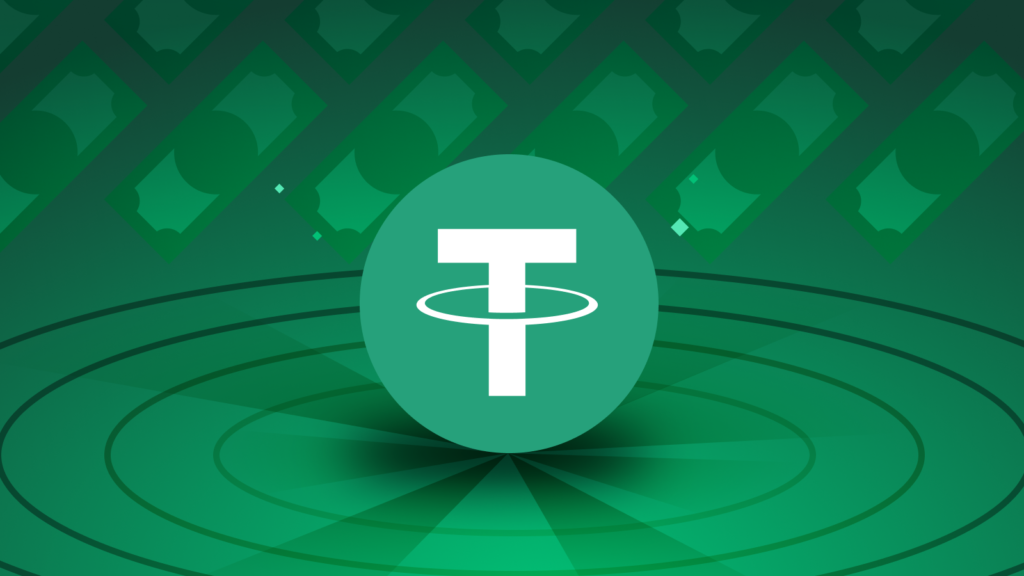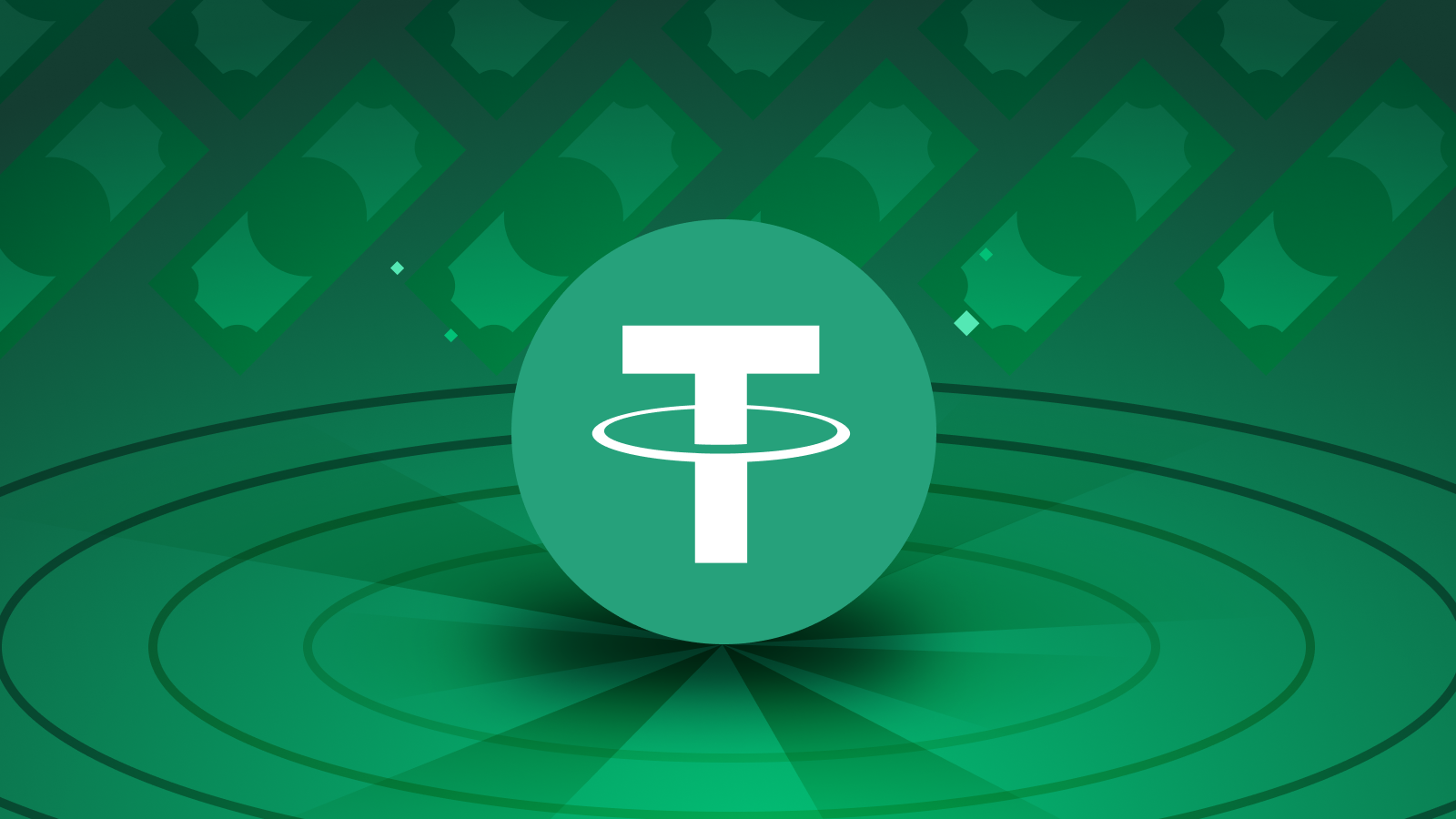Introduction
As we step into 2025, the world of cryptocurrencies continues to evolve, and with it, the risks and opportunities for investors. One topic that has generated increasing attention over the last few months is the potential delisting of Tether (USDT) from major cryptocurrency exchanges. Tether, the most widely used stablecoin in the market, has long been the subject of scrutiny due to its ties to the broader crypto ecosystem and the ongoing debate about its reserve backing. With rumors and speculation surrounding its delisting, many are wondering: What impact will USDT delisting have on the market, and should investors be worried?
In this post, we’ll explore the implications of USDT delisting, why it’s happening, what it means for the crypto market, and whether you should be concerned as an investor in January 2025.

What is USDT? A Brief Overview
Before diving into the details of USDT delisting, let’s first understand what USDT is and why it’s so important in the cryptocurrency ecosystem.
Tether (USDT) is a stablecoin that is pegged to the US Dollar, meaning that one USDT is intended to always be worth approximately one USD. Its primary purpose is to provide a stable store of value in the highly volatile cryptocurrency market. USDT is issued by the company Tether Limited and is widely used for trading and settling transactions across multiple crypto exchanges.
Tether is considered the most popular stablecoin by market capitalization and is used in various use cases such as:
- Trading Pair: Traders use USDT to move in and out of volatile cryptocurrencies without converting to fiat currency.
- Hedging: Investors use USDT as a safe haven during market volatility.
- Decentralized Finance (DeFi): USDT is also heavily utilized in DeFi platforms as collateral.
Given its widespread use, the possibility of USDT delisting from exchanges has far-reaching consequences.
What Does USDT Delisting Mean?
Delisting refers to the removal of a cryptocurrency or token from an exchange. When a coin or token is delisted, it can no longer be traded on that exchange, which can significantly reduce its liquidity and availability. Delisting is typically triggered by a variety of factors such as:
- Regulatory Concerns: Issues with regulatory compliance or unclear legal status.
- Security Issues: Concerns related to the safety and security of the coin or token.
- Low Volume: If the coin/token doesn’t have enough trading volume or user demand.
- Lack of Transparency: If the project or issuer fails to provide adequate transparency or auditing.
For USDT, a delisting could mean it would no longer be available on popular exchanges, which could limit its use for trading, holding, and transacting.
Why is USDT Facing Potential Delisting?
Tether (USDT) has faced regulatory scrutiny for several years, and its potential delisting is often discussed in the context of increasing government regulation of the cryptocurrency market. Some of the main reasons behind these concerns include:
1. Regulatory Pressure
The regulatory environment around cryptocurrencies is tightening globally. Governments, especially in the U.S., are focusing on ensuring that stablecoins like USDT comply with existing financial regulations. This includes issues like transparency, the reserve backing for USDT, and its potential role in money laundering or other illicit activities.
In late 2024, the U.S. Treasury Department raised concerns about stablecoins and their potential impact on the financial system. With increasing pressure from regulators, many exchanges may take a more cautious stance and choose to delist USDT to avoid running afoul of regulations.
2. Lack of Transparent Reserve Audits
Tether has been the subject of controversy regarding the transparency of its reserves. While Tether claims that each USDT is backed by one U.S. dollar or an equivalent asset, it has faced criticism for not providing regular, independent audits to confirm its claims.
In 2024, the company did publish an updated report on its reserves, but some experts argue that the lack of a third-party audit raises questions about the stability of USDT. If Tether continues to face transparency issues, some exchanges may delist it to mitigate their own risks.
3. Legal Challenges
Tether has faced various legal challenges over the years, particularly around its reserve backing and whether it had the necessary reserves to back the number of USDT tokens in circulation. In 2021, Tether reached a settlement with the New York Attorney General’s office over accusations of misleading statements about its reserves. While the company settled the case, it did not resolve the underlying concerns, which continue to hang over USDT.
In 2025, with global regulatory agencies becoming more vigilant, further legal challenges could prompt exchanges to reconsider their relationship with USDT.
4. Competition from Other Stablecoins
USDT is no longer the only stablecoin in the market. Stablecoins like USD Coin (USDC) and Binance USD (BUSD) have gained significant market share and are seen as more transparent alternatives. As other stablecoins become more trusted by users and regulators, exchanges may opt to delist USDT in favor of these alternatives.
The Potential Impact of USDT Delisting
The delisting of USDT from major cryptocurrency exchanges could have significant consequences for the crypto market, with effects felt by investors, traders, and businesses.
1. Market Liquidity
USDT is the most widely used stablecoin and is commonly used in trading pairs on various exchanges. If it were delisted, it could severely impact the liquidity of the market. Traders often rely on USDT to move quickly in and out of assets, especially in volatile markets. Its removal from exchanges would force traders to use alternative stablecoins, which could lead to liquidity gaps and higher volatility.
2. Increased Volatility
Stablecoins like USDT play a key role in stabilizing the cryptocurrency market. Without USDT, traders and investors may face increased volatility as they would need to rely on less liquid or less stable alternatives. If USDT were delisted, the market could experience more significant price swings in cryptocurrencies like Bitcoin and Ethereum, making it harder to predict price movements.
3. Impact on DeFi Projects
The decentralized finance (DeFi) space relies heavily on USDT for liquidity and collateral. A delisting would disrupt many DeFi platforms that use USDT as collateral for lending, borrowing, and trading. Many DeFi protocols may struggle to find an alternative with the same liquidity and stability as USDT, which could lead to a reduction in the overall market size for DeFi applications.
4. Investor Sentiment
The delisting of USDT could severely impact investor sentiment in the short term. The removal of such a widely used stablecoin could lead to fear and uncertainty among both retail and institutional investors. Traders might seek to offload their USDT holdings quickly, leading to a potential sell-off in the market.
5. Alternatives to USDT
While USDT dominates the stablecoin market, there are other stablecoins like USD Coin (USDC), Binance USD (BUSD), and DAI that could serve as alternatives if USDT is delisted. These stablecoins have their own strengths and weaknesses, and it would take time for the market to adjust. The growth of these alternatives could present new opportunities for investors but also pose additional risks.
Should You Be Concerned as an Investor?
As an investor in cryptocurrencies, it’s important to stay informed about the potential risks associated with your investments. The delisting of USDT could have various effects on the market, but whether you should be concerned depends on your exposure to USDT and your overall investment strategy.
1. Diversify Your Holdings
If you’re heavily invested in USDT, it may be a good idea to consider diversifying your portfolio into other stablecoins or cryptocurrencies. Diversification can help mitigate risks associated with the delisting of a single asset.
2. Stay Informed on Regulatory Developments
Given the regulatory pressures on Tether, staying updated on any legal or regulatory changes that could impact USDT is crucial. If Tether faces further regulatory challenges in 2025, it could trigger a broader market reaction.
3. Prepare for Market Volatility
Cryptocurrency markets are inherently volatile, and the potential delisting of USDT could exacerbate that volatility. If you’re a trader, be prepared for price swings and consider using other stablecoins or trading pairs to navigate the market.
4. Assess the Risks and Alternatives
Consider the alternatives to USDT and assess their relative strengths and weaknesses. Some stablecoins like USDC have more transparent backing, while others like DAI operate in a decentralized manner. It may be worth exploring these alternatives as part of your overall investment strategy.
Conclusion
The potential delisting of USDT from major exchanges is a topic that has raised concerns in the crypto community. While the situation remains fluid, the impact of such a delisting could have significant consequences on market liquidity, volatility, and investor sentiment. However, by staying informed, diversifying your holdings, and understanding the alternatives, you can navigate the evolving landscape of stablecoins and minimize the risks associated with USDT delisting.
As we begin 2025, it’s essential for crypto investors to continue monitoring developments in the space and adapt to the changes that are unfolding. The world of stablecoins and cryptocurrencies is still young, and the market’s regulatory landscape will only become more complex in the years ahead. But with proper research and risk management, you can continue to make informed decisions as an investor.
Check Out Our Latest Blogs
- From Concept To Reality How I Created My 1st First AI Influencer for Instagram Using Google Collab
- Machine Learning For Kids Unlocking No 1 Creativity And Innovation
- Crypto Intelligence News 1st Exciting Regulatory Changes and Crypto Updates
- Empowering Journey Into Day Trading Crypto A Beginner’s Guide To 10X Success
- How Consistent Is The No. 1 Artificial Intelligence Death Calculator?
- Everything You Need To Know About Doodle For Google’s No 1 Inspirational Journey




